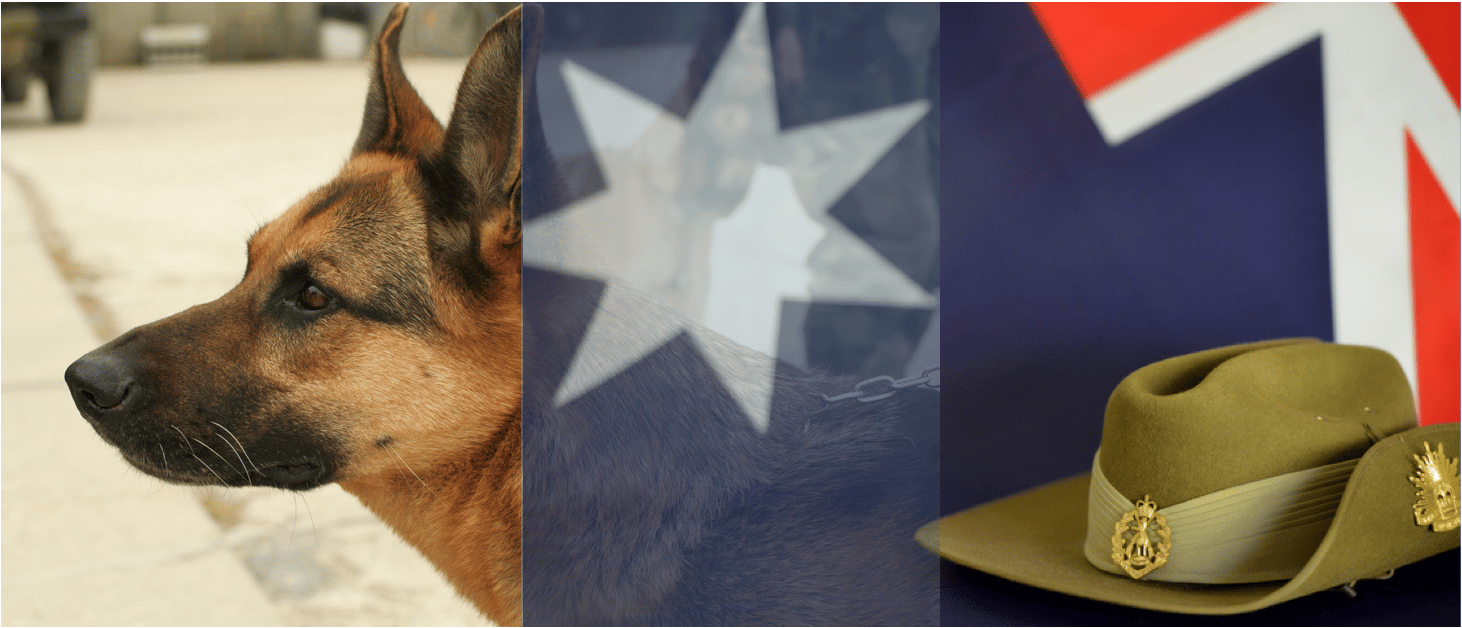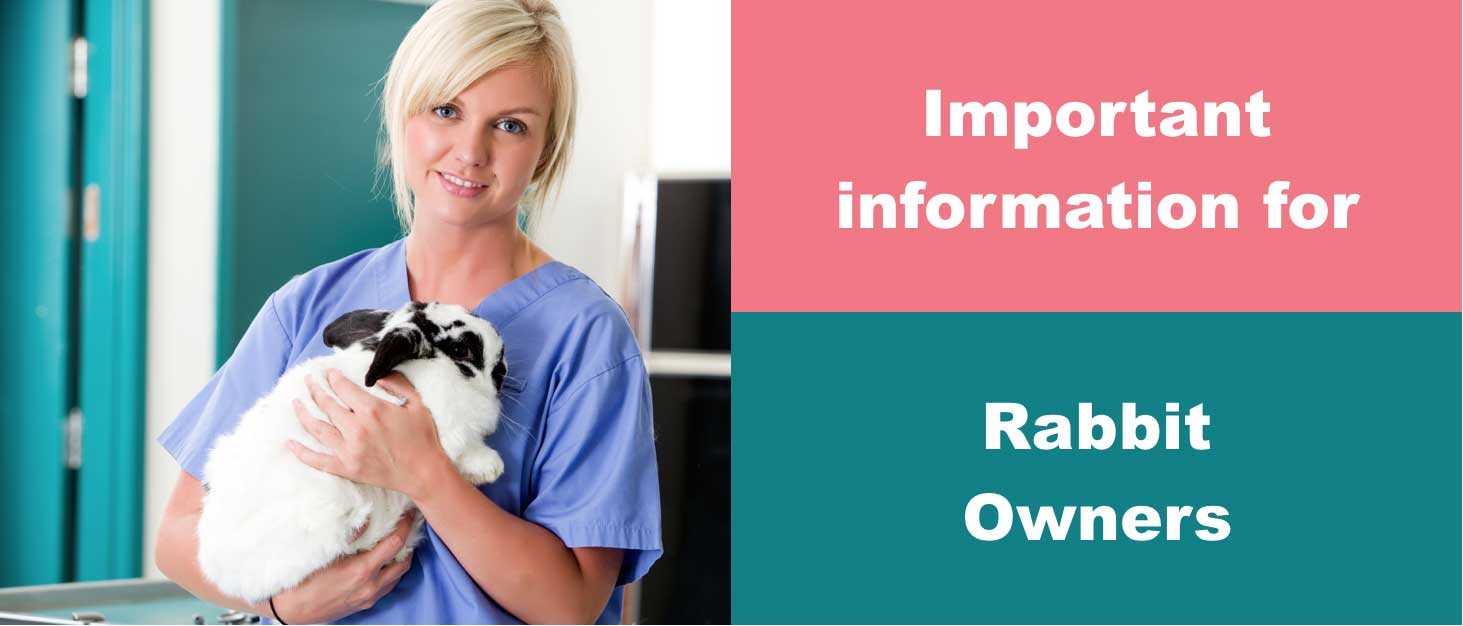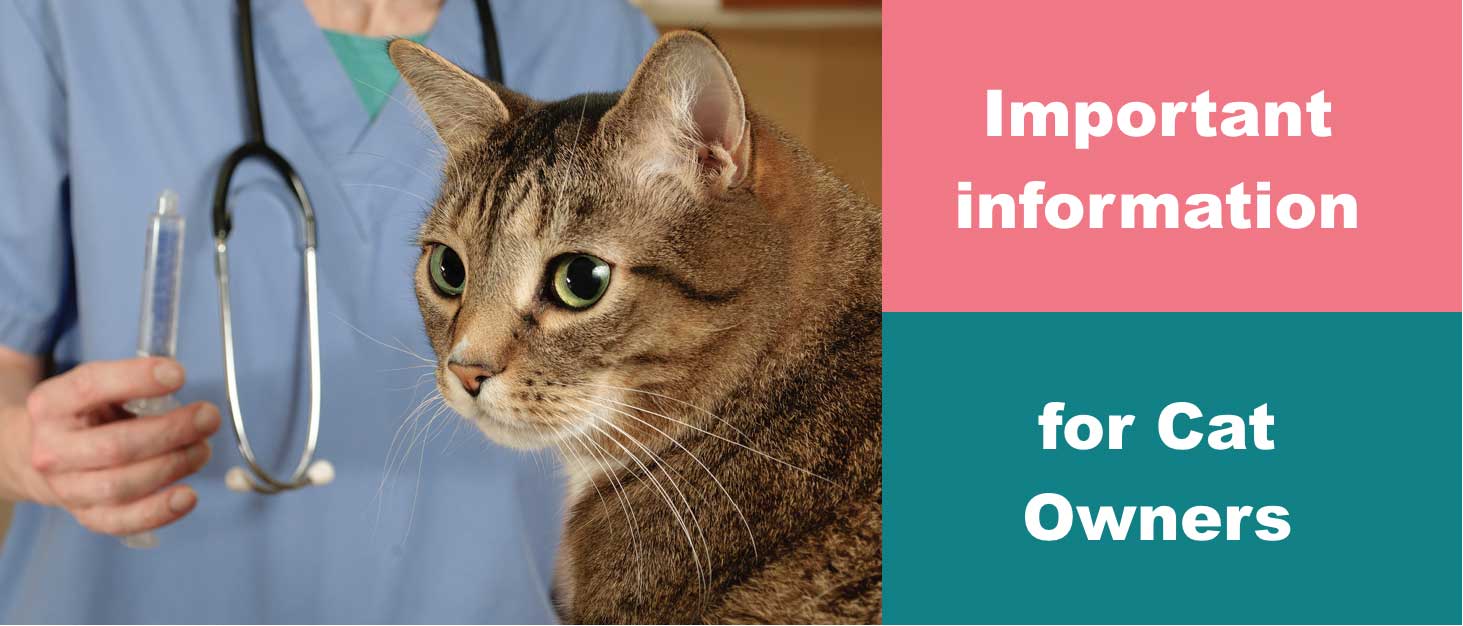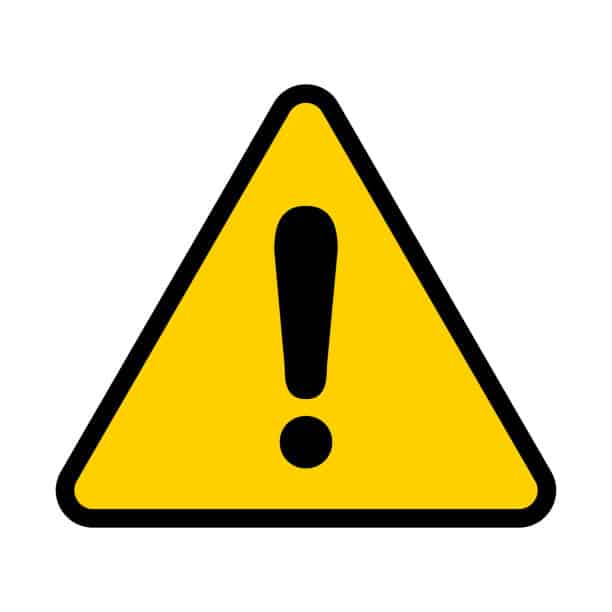Latest News
ANZAC Day Opening Hours

On ANZAC Day – Tuesday 25th April – we will be open from: 9 am to 12 noon
Please note that a public holiday surcharge applies.
Please refer to our Contact Us page for after-hours emergencies
This Anzac Day, as we honour the men and women who have served and those who have given their lives for this country, we should also pay tribute to the dogs who have bravely served as well. Dogs have supported the Australian military since WW1 and have served in various wars since then, including Vietnam and Afghanistan.
How are military dogs chosen?
Dogs have been chosen and trained according to the required role, rather than by breed or gender, but many of them have been Labradors due to their high degree of suitability to the role; They’re renown for their calm demeanour and loyal behaviour. German Shepherds are also commonly used due to their dependability and intelligence.
Dogs have played various roles in war
Dogs in war have been used for a variety of jobs. They’ve been used in communications, for carrying messages and signalling danger. In tracking, dogs have been used to assist in finding trails and bunkers, and have been particularly valuable in this role as they could often go unnoticed. Dogs have also been deployed in surveillance activities, and have been used in watching for aircraft or as sentries, keeping guard over camps and munitions. Another key role has been in the detection of gases, bombs and tripwires. Their keen sense of smell is invaluable in sniffing out explosives and mines.
In addition to this, they’ve been important companions to soldiers, particularly during times of loss and grief. They are full-time members of the teams to which they are assigned and on many occasions, have been responsible for saving lives. Many of the service dogs become mascots for their units, and help in boosting morale.
How are dogs deployed today?
These days working dogs in the military serve four months as a maximum before returning to Australia. Throughout the wars there have been times when the dogs have not been able to be repatriated, and the heart-breaking decision to leave them behind has been necessary. Such was the case in the Vietnam War where service dogs were left behind, with most being homed with locals, including expatriates.
Military dogs continue to be particularly useful in peace-keeping missions in places such as Timor and Bougainville Island. They have become an integral part of defence services and their contribution is highly valued.
Lest we forget
The contribution of dogs to past and current military efforts has been invaluable, and special acknowledgement of their efforts is deserved. They have served faithfully from the first World War, to present day conflicts and peaceful missions. This ANZAC Day, as we commemorate those who have served, especially those who made the ultimate sacrifice, we should also pay respect to the many dogs who have served alongside them.
Easter Opening Hours and Important Information About Chocolate Risks

Chocolate Easter Eggs have become synonymous with Easter, and while most people can‘t resist indulging in the occasional chocolate treat, it is something that our pets should never have. Chocolate contains theobromine, and even though it’s one of the ingredients that makes chocolate so appealing to us, it is toxic to many animals including dogs and cats who are unable to digest it the way we can.
Why is chocolate toxic for pets?
Theobromine is a powerful stimulant that affects the central nervous and cardiac systems. It becomes toxic for dogs and cats due to the their slow metabolisation of it which causes it to build up. The quantity of chocolate consumed, the type of chocolate, and the size of the animal, are therefore all important factors regarding its toxicity.
Dark chocolate is generally more toxic, and the worst is cooking chocolate as it contains the highest levels of theobromine. Milk chocolate – which is what most Easter eggs are made from – is the next most toxic, followed by white chocolate. Relatively small amounts of dark chocolate are enough to poison a dog or cat, and the same quality will affect a smaller animal more than a larger animal.
What are the risks?
Lower levels of toxicity can make animals sick, and higher levels can potentially kill a dog or cat. Depending on the amount consumed it can create a variety of issues such as diarrhoea, vomiting and an upset stomach. Larger quantities (higher levels of toxicity) can lead to an irregular heartbeat, heart attack, muscle tremors, seizures, and coma. Hyperactivity is one of the early signs that theobromine poisoning has occurred.
At greater risk are infant and very old animals, and ill animals will have less resistance than healthy animals. Some animals can develop pancreatitis (inflammation of the pancreas) from eating chocolate, due to its high fat content. Fatty foods containing chocolate, such as puddings and other desserts, can also create this risk.
How is poisoning treated?
If chocolate consumption is recent i.e. within two hours, poisoning is usually treated by inducing vomiting. Medications may be administered to control the side effects. In more serious cases, ventilators and cardiac monitoring maybe necessary.
Xylitol is another risk to animals and it is often added to sweet foods including those containing chocolate. It is a sugar substitute commonly used in toothpaste and chewing gum, and it is highly toxic for animals. It can cause clotting problems, liver failure, acute low blood sugar leading to seizures and death. It must be avoided by animals, and if poisoning occurs urgent medical attention will be required.
Is any quantity of chocolate safe for pets?
Remember that the only safe level of chocolate for pets is none. Ensure that everyone in your home, including visitors, are aware. If the pleading eyes of your pet are too hard to resist while you’re peeling back the wrapper of a brightly coloured Easter egg, give them a safe treat. Call us immediately for advice if you suspect that your pet has consumed a toxic level of chocolate.
Our Easter opening hours are as follows:
Good Friday: Closed
Easter Saturday: 8 am t0 5 pm
Easter Sunday: 9 am to 12 noon*
Easter Monday: 9am to 12 noon*
*Please note that on Easter Sunday and Monday a public holiday surcharge applies.
Please refer to our Contact Us page for after-hours emergencies
Important Information for Rabbit Owners

Wild rabbits contribute to significant losses in agricultural production and are linked to the decline of native animals and plant species. In order to reduce their numbers, a biocontrol is being introduced by the NSW Government to target the wild European rabbit population. The virus has not been found to cause infection in any other animal except the European rabbit and it is not being released into native rabbit populations.
The biocontrol is being released via the NSW country areas of Orange, Gundagai and Hay, however as a precautionary measure it is recommended that all healthy domestic rabbits are vaccinated against the virus which is being used as the control. Vaccination is recommended as follows:
- Kittens: At the ages of four, eight, and 12 weeks of age, then annually for life
- Adults: Two vaccinations one month apart, then annually for life
We strongly advise keeping rabbits in a clean, dry, and mosquito free environment and avoiding exposure to wild rabbits. It is also recommended that cut grass is not fed to rabbits if there is a chance of contamination from wild rabbits.
To arrange vaccination of your rabbit, please contact us to make an appointment. The biocontrol will be released from March 2017 therefore we recommend prompt attention to vaccination schedules. If you have any questions, please contact us.
Important Information for Cat Owners

What is Panleucopaenia and how is it spread?
Panleucopaenia is the “cat version” of canine parvovirus which is a life-threatening virus. It is spread between infected cats and the virus enters the body via the mouth or nose. It survives in the environment (for up to a year) and can tolerate freezing and some disinfectants. Because of this, most cats at some point in their life are exposed to this virus. An infected cat can spread disease for up to 6 weeks post infection.
What are the effects?
Over 2 – 7 days after infection, the virus affects a cat’s lymph nodes, bone marrow and the intestine. In the bone marrow, the virus suppresses white blood cells hence the name panleucopaenia which means “all-white cell shortage”. The virus can cause a secondary bacterial infection in the intestines which can rapidly lead to death. Treatment involves intensive supportive care and isolation.
What are the symptoms?
Symptoms vary from cat to cat, and include general depression, listlessness, loss of appetite, vomiting, and diarrhoea. Skin loses its elasticity due to dehydration which is caused by vomiting and diarrhoea.
How can I protect my cat from it?
Standard cat vaccinations include protection for this virus and even cats whose vaccination is slightly overdue should still be protected. We recommend checking with your vet and updating their vaccination if required. Rest assured that if your cats are up-to-date with their health checks and vaccinations, then they are immune to this virus and are unlikely to get any symptoms even if exposed.
How prevalent is it?
Like many local hospitals we have seen a couple of cases in unvaccinated cats. We follow strict isolation protocols to ensure the remainder of our hospitalised and boarded animals are safe and at NO risk of exposure.
What should I do if think my cat could be affected?
Contact us immediately if your cat shows any sign of illness. North Shore Veterinary Hospital is available 24/7 for after hours emergencies.








